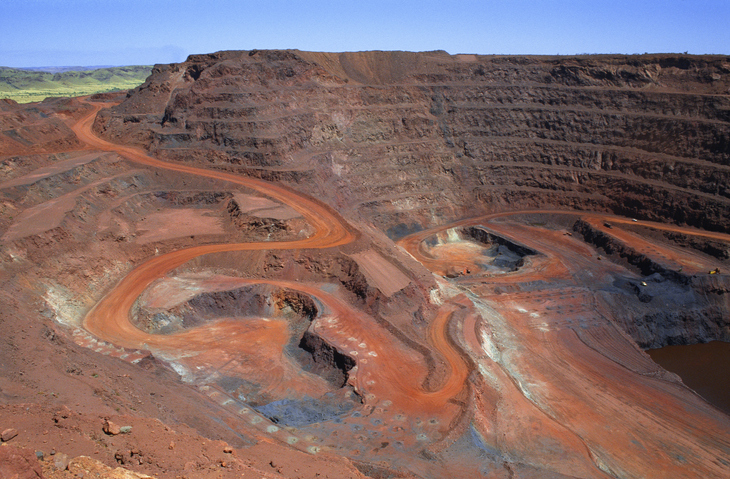ii view: Rio Tinto pepped up by iron
Will this mining giant’s exposure to iron and China shine or rust in the months ahead?
17th July 2020 15:55
by Keith Bowman from interactive investor
Will this mining giant’s exposure to iron and China shine or rust in the months ahead?

Second-quarter production update
- Total volume up 1% against Q2 2019
- Pilbara iron ore shipments up 1%
- Copper output down 3%
Chief executive Jean-Sébastien Jacques said:
“We delivered a strong performance, particularly in iron ore and bauxite, demonstrating the underlying resilience of our business and ability to adapt in difficult conditions. Our iron ore assets are performing well in a strong pricing environment and we are on track to meet our 2020 iron ore guidance. Despite various Covid-19 related challenges, all our assets have continued to operate, with our first priority to protect the health and safety of all our employees and communities.”
ii round-up:
Diversified miner Rio Tinto (LSE:RIO) has reported second-quarter production figures which generally surprised to the upside.
Pilbara iron ore shipments rose by 1% to 86.7 million tonnes, exceeding estimates nearer to 84 million, while a 3% fall in copper production was less than analysts had feared.
Rio Tinto shares rose by more than 2% in afternoon UK trading, in line with rivals such as BHP (LSE:BHP) and Anglo American (LSE:AAL). For the year-to-date, Australia-focused Rio has seen its shares rise by nearly 10%, while Southern Africa focused and coronavirus hit Anglo American has seen its shares fall by 10%.
Iron ore accounts for around four-fifths of Rio’s annual earnings. Just over half of group sales in 2019 went to neighbouring China.
Economic stimulus and spending on infrastructure in China made to combat the downturn created by the Covid pandemic underlies the relative resilience for Rio’s core commodity.
China’s status as first causality of the coronavirus and subsequent re emergence from required population lockdowns may also have played its part in the quarterly performance.
Rio remains on track to meet its 2020 iron ore production target.
In April, it paid a final 2019 dividend of $2.31 per share, making a total of $4.43 per share and including a special dividend of $0.61 per share. That was down from a total of $5.50 paid in 2018.
First-half 2020 results are scheduled to be announced in late July.
ii view:
Rio Tinto has a history stretching back over 140 years. Today it has a workforce of over 45,000 people spread across more than 30 countries. It has strong presences on the ground in both Australia and North America.
A diverse portfolio of mined commodities compares to the more focused product list sold by rival Antofagasta (LSE:ANTO) for example. It also compares well on an environment basis. It does not mine coal or extract oil and gas and three-quarters of its electricity consumption at its managed operations is supplied by renewable energy. It previously adjusted its climate change strategy to include a goal to reduce absolute emissions by 15% versus 2018 levels by 2030.
Of course, the uncertain global economic outlook and the possibility of a second pandemic wave cannot be ignored, so the usual dose of caution is still warranted. However, the continued payment of a dividend in April amid the pandemic and an estimated dividend yield of over 5%, not guaranteed, is hard to ignore.
Positive
- Exposure to a diverse portfolio of commodities
- Payment of a 2019 final dividend in April
Negative
- Uncertain global economic outlook
- Subject to matters outside of management’s control such as the weather
The average rating of stock market analysts:
Strong hold
These articles are provided for information purposes only. Occasionally, an opinion about whether to buy or sell a specific investment may be provided by third parties. The content is not intended to be a personal recommendation to buy or sell any financial instrument or product, or to adopt any investment strategy as it is not provided based on an assessment of your investing knowledge and experience, your financial situation or your investment objectives. The value of your investments, and the income derived from them, may go down as well as up. You may not get back all the money that you invest. The investments referred to in this article may not be suitable for all investors, and if in doubt, an investor should seek advice from a qualified investment adviser.
Full performance can be found on the company or index summary page on the interactive investor website. Simply click on the company's or index name highlighted in the article.